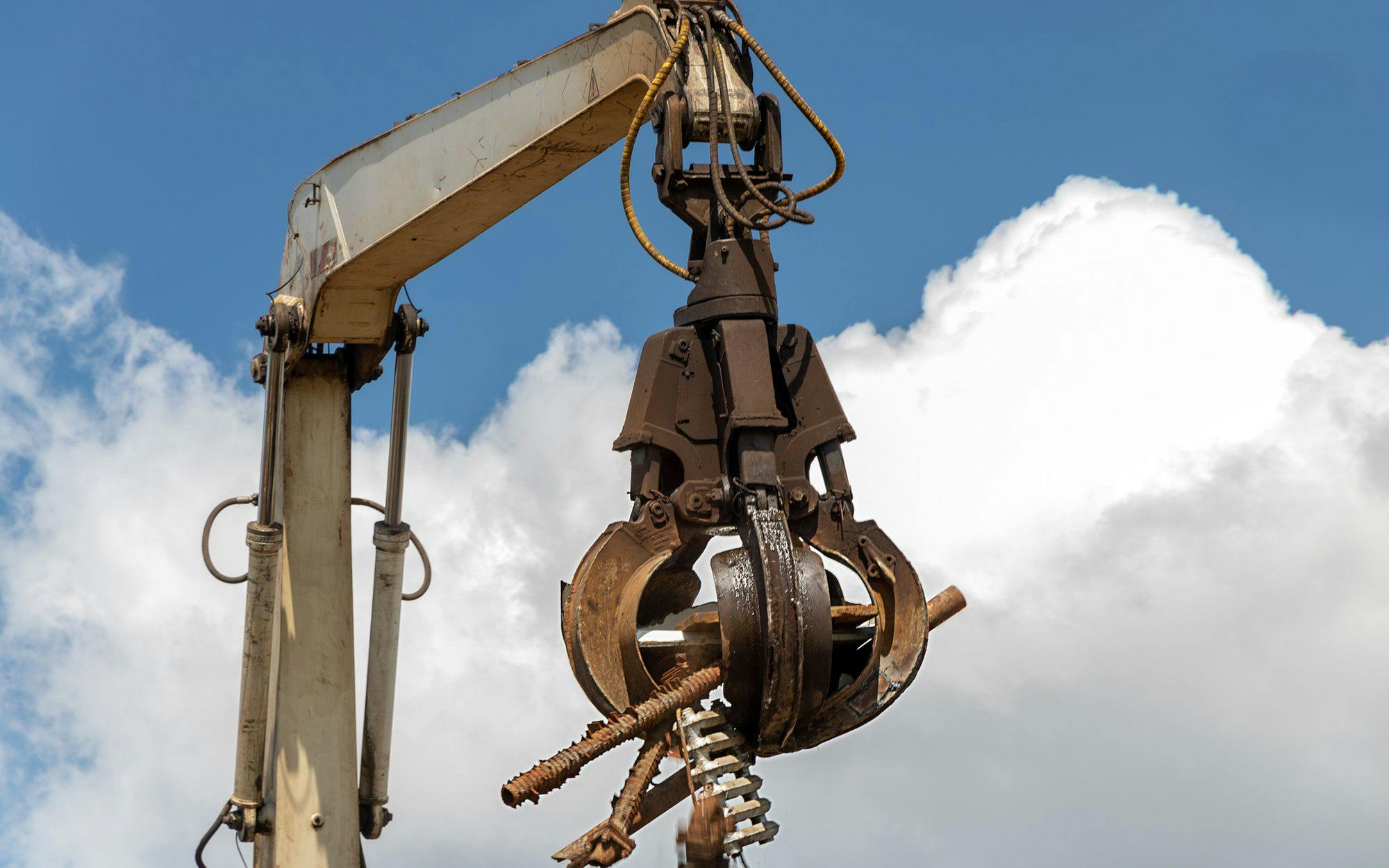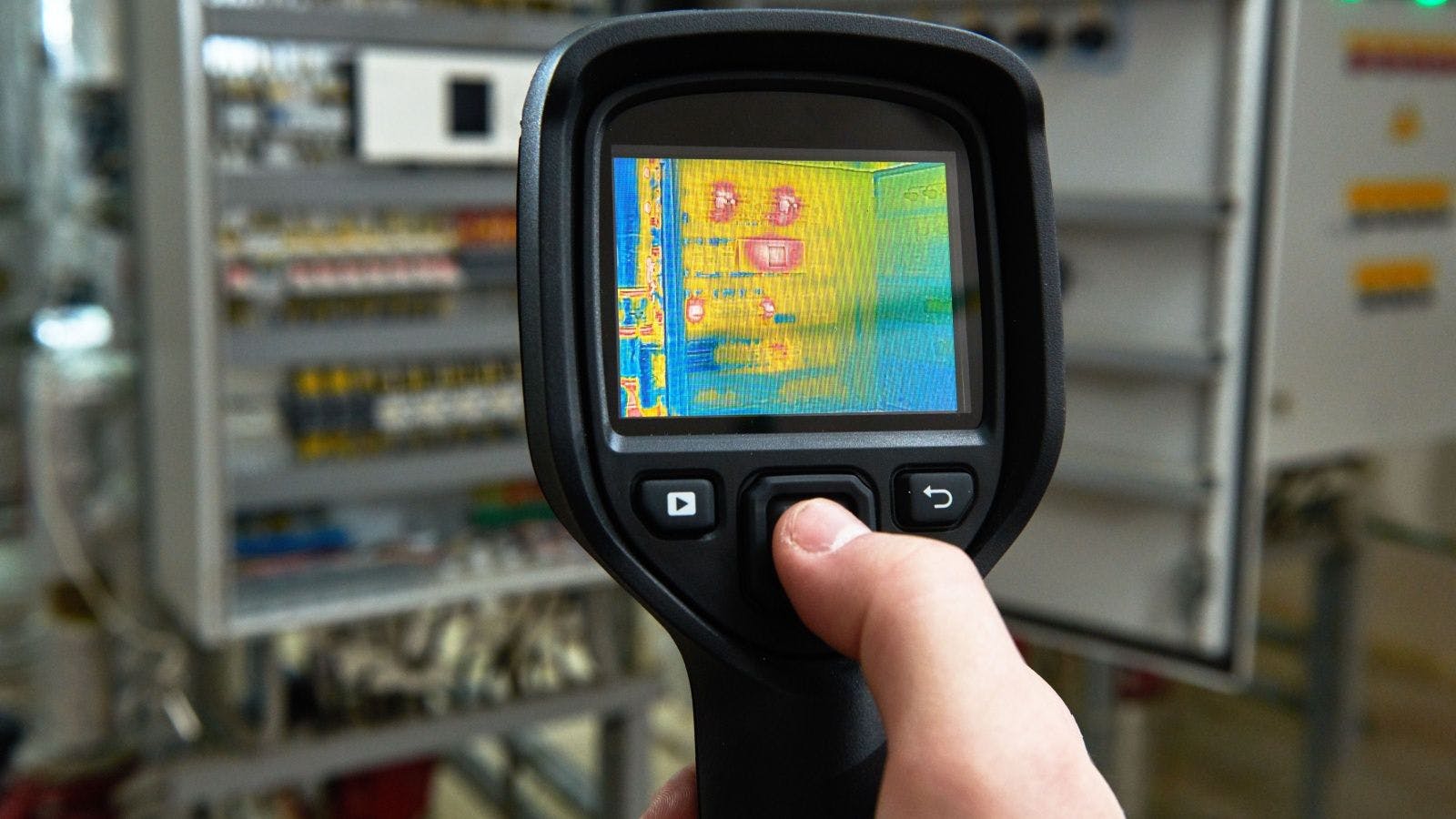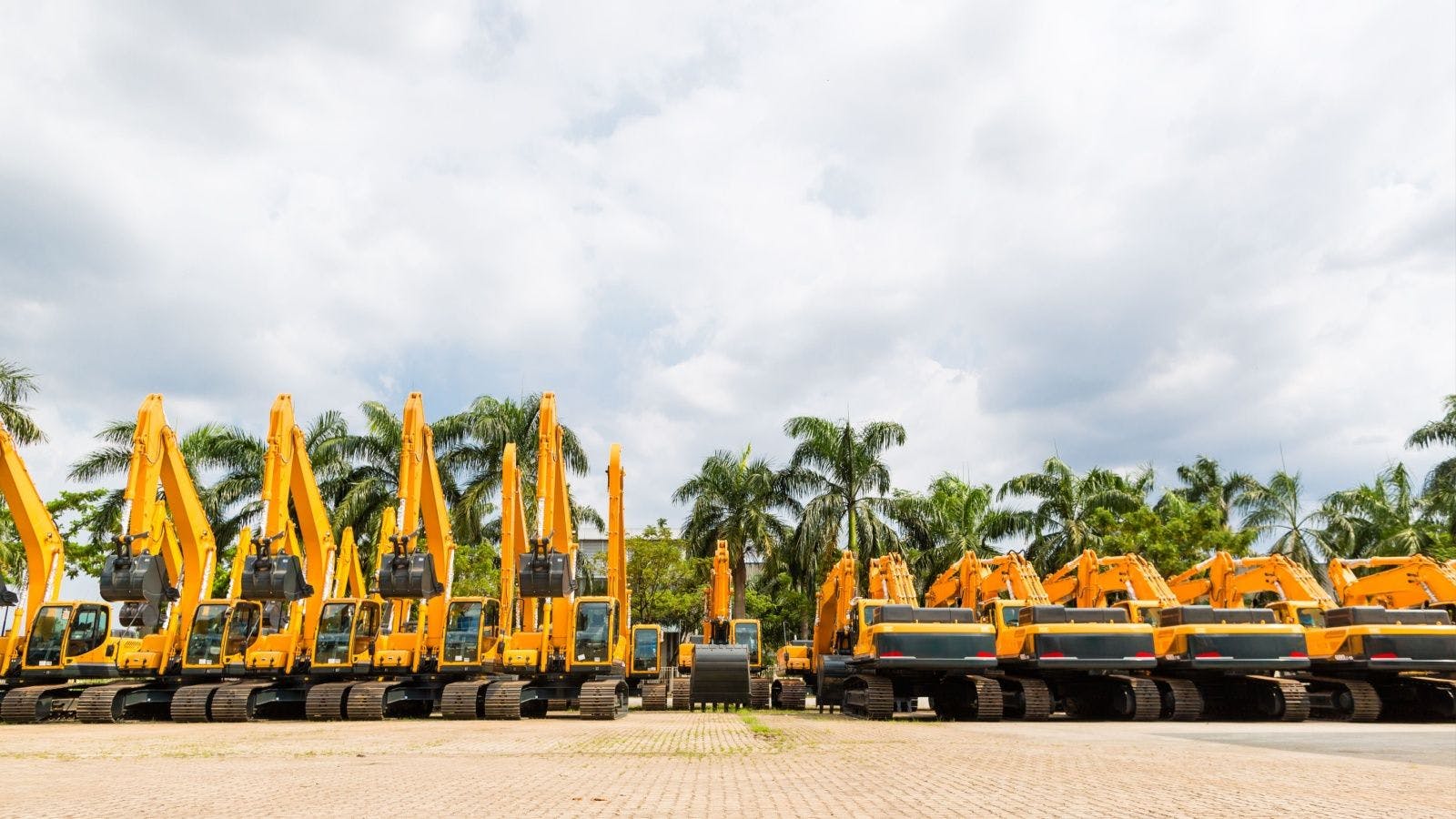
How Robotics Can Improve Construction and Demolition Waste Sorting
Commercial construction projects generate a lot of waste. Managing this debris is crucial to minimizing the industry’s environmental impact, but it’s often a time-consuming and error-prone process. Robotic waste sorting provides a better alternative.
Why C&D Waste Management Must Improve
The current state of construction and demolition (C&D) debris management leaves considerable room for improvement. Nearly all C&D waste takes decades to break down in landfills—and the sector generates hundreds of millions of tons of it annually.
More efficient debris management would help firms protect the environment and their bottom line. Poor waste management practices also take an economic toll. Recycling extends materials’ useful life, helping minimize resource costs. Inefficient waste sorting may additionally lead to unnecessarily high workforce expenses and incur lost business from firms’ lack of sustainability.
Advantages of Robotic Waste Sorting
Construction companies can improve these workflows in several ways, but robotic waste sorting is the most promising. Here’s a glimpse at how automation optimizes the C&D waste management process.
Increased Accuracy
Accuracy is one of the biggest challenges in waste management today, but it’s also one of the leading advantages of robots. Human workers often struggle to identify recyclable materials or distinguish between different levels of recyclability accurately, leading to missed opportunities and excess waste. Because robots can’t get tired or distracted, they’re more accurate.
Some waste-sorting robots today can classify items into over 100 categories of recyclables with up to 99% accuracy. Even the most experienced human can’t reach that level of reliability or specificity.
If more construction projects used these systems instead of manual alternatives, they’d see dramatic reductions in C&D waste.
Higher Efficiency
Robotic waste sorting is also faster than manual alternatives. Humans have a relatively limited range of focus, so sorting through large amounts of debris to differentiate between recyclable objects takes time. Robots can simultaneously analyze all parts of a live image, leading to faster recognition.
Robots can move faster than humans—especially in models with multiple arms. Consequently, even if employees recognized recyclable objects at the same speed as mechanical systems, the mechanical systems would still sort them more efficiently.
When C&D waste sorting becomes more efficient, it becomes a more practical process for construction firms. As a result, robotic waste management can help more companies embrace eco-friendly practices without worrying about them impacting their schedules.
Enabling a Circular Economy
As robotic waste sorting makes this process more accurate and efficient, commercial construction will be able to create a circular economy. In a circular economy, businesses reuse as much as possible instead of viewing resources and products as single-use.
Circular economies are a crucial part of long-term sustainability and an increasingly valuable business strategy. Millennials are more likely to pay more for environmentally friendly services, plus, they make up the largest living generation, so systems like circular economies can help meet the demands of this market.
While highly beneficial, circular economies are only possible with effective recycling systems. Manual processes are too inefficient and error-prone to support the large-scale recycling and reuse these systems need, but robots meet all those demands.
Reduced Ongoing Costs
Implementing robotics in C&D waste management can lower firms’ operating expenses. Part of these savings stems from the opportunities of a circular economy. When businesses can get more raw materials from older projects, they spend less on material acquisition.
Waste management robots further reduce ongoing costs by minimizing employee expenses in debris sorting. Robotic systems may have high price tags, but they don’t require an ongoing salary and they enable higher throughput. Consequently, firms can get more out of their debris management processes without hiring additional employees.
The accuracy benefits of robots can also spur financial gains. Firms can avoid environmental fines and time-consuming error-correction processes when they ensure they send each type of debris down the proper channel.
Improved Safety
Manual waste management involves a lot of repetitive motion, which can lead to musculoskeletal injuries. C&D debris poses even more risks than conventional recycling because of the heavy nature of construction materials, but robots can make these workflows safer.
Automation creates more distance between workers and hazards. As a result, if something goes wrong and debris falls, workers can remain a safe distance from the incident. Ergonomic injuries will also decline because employees don’t have to perform as many repetitive tasks.
Because construction has the highest number of workplace deaths of any industry, safety improvements are crucial.
Mitigating Labor Shortages
Some firms may be concerned that automating waste sorting will impact employment. However, this automation isn’t taking jobs from human employees as much as it is filling roles that humans currently aren’t.
The construction industry faces a massive labor shortage, needing an additional 546,000 workers to meet demand this year. Automating waste management would enable firms to accomplish more despite less than ideal staffing levels, mitigating the impact of this gap.
Repetitive tasks like waste sorting are jobs humans typically don’t find engaging or enjoyable. By automating those tasks, construction companies could free workers to focus on other workflows they enjoy more. That could raise workplace morale and reduce turnover.
The Construction Industry Needs Robotic Waste Sorting
Robotic waste sorting offers too many advantages for commercial construction to overlook. As C&D debris management becomes increasingly crucial, these benefits become all the more valuable.
Related stories








